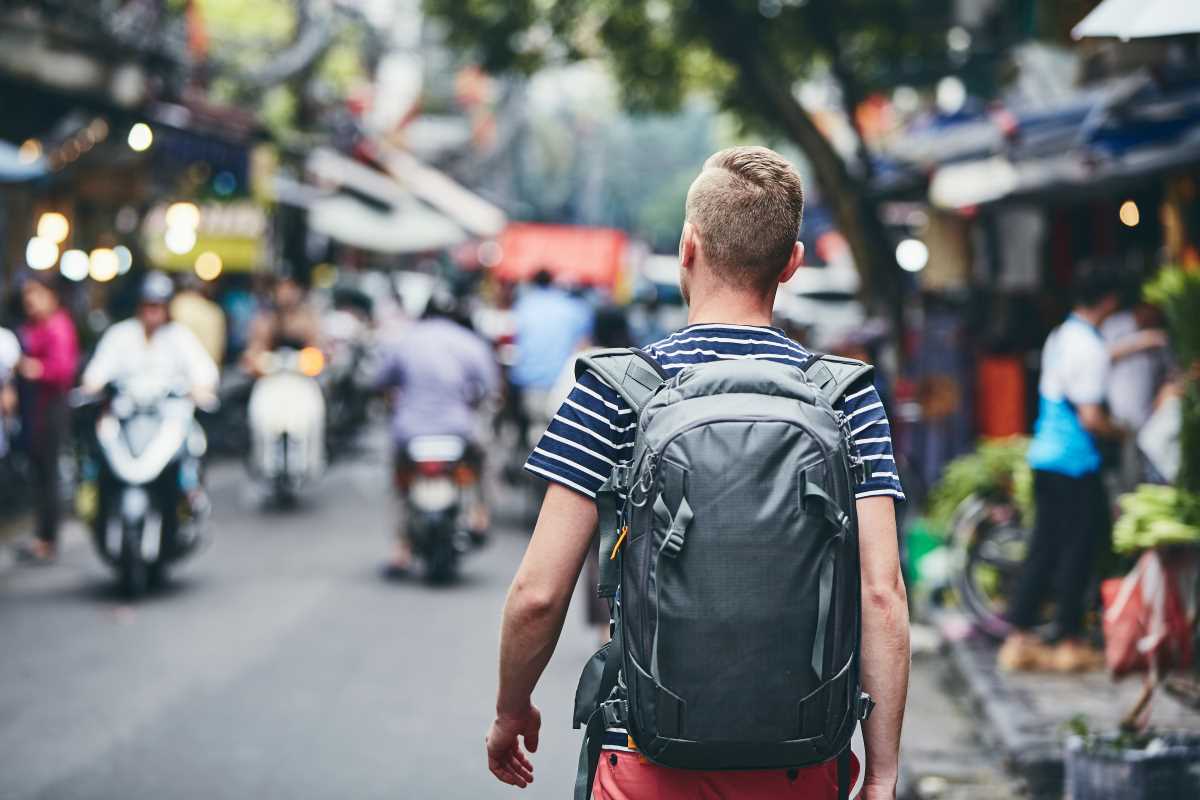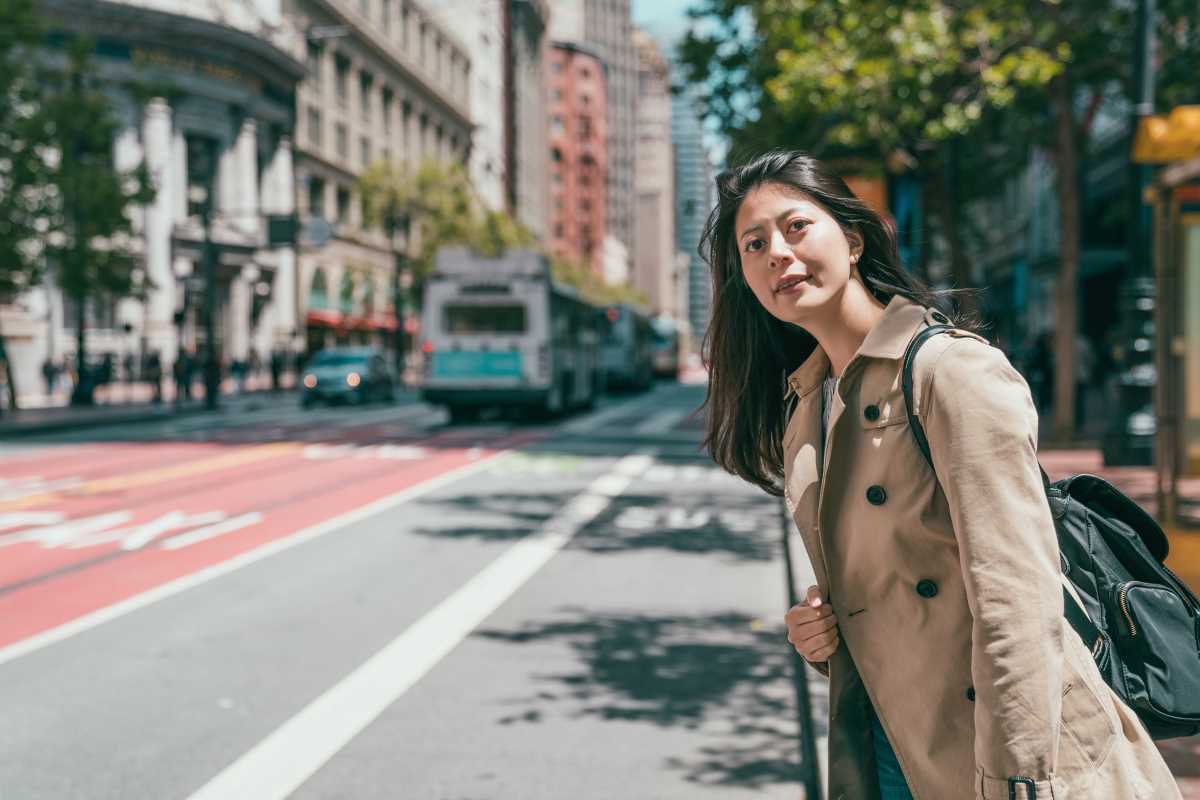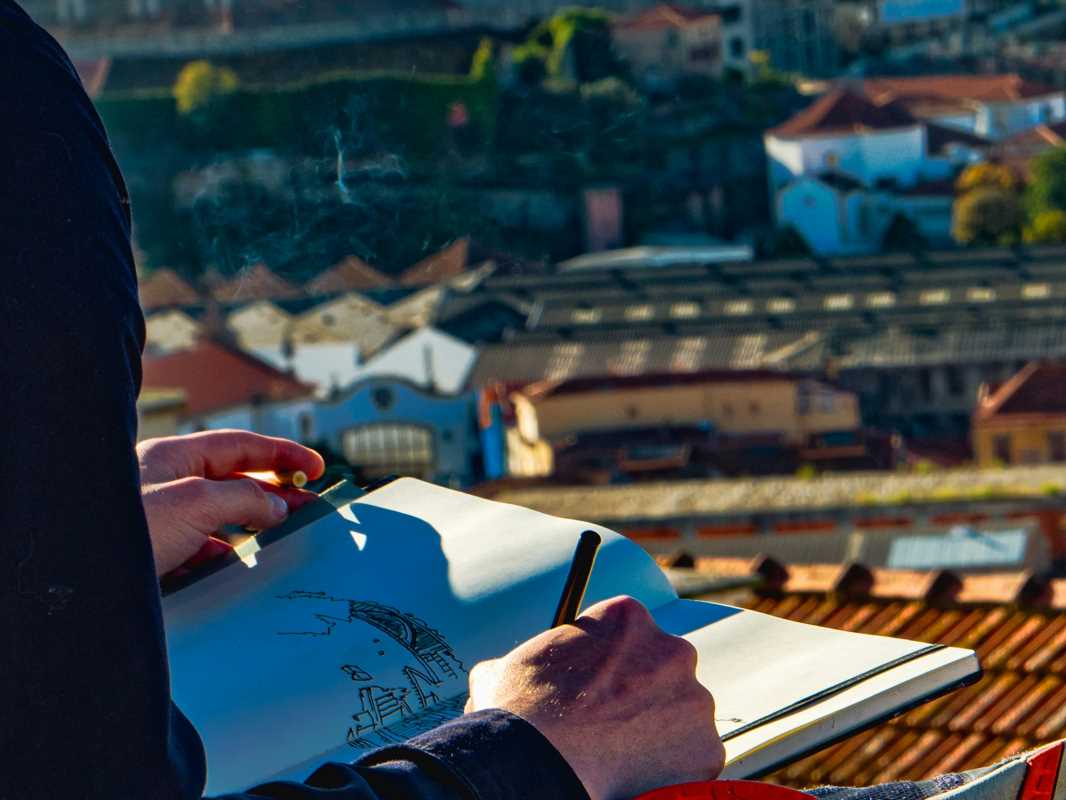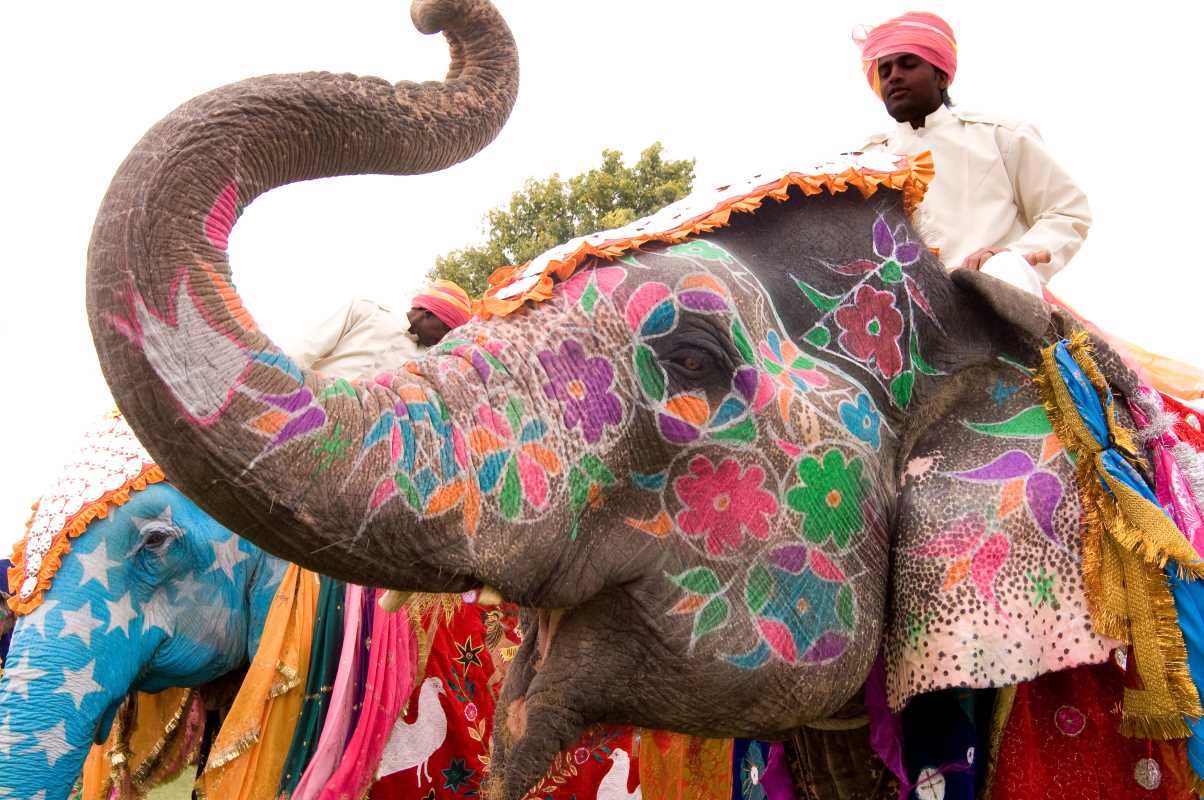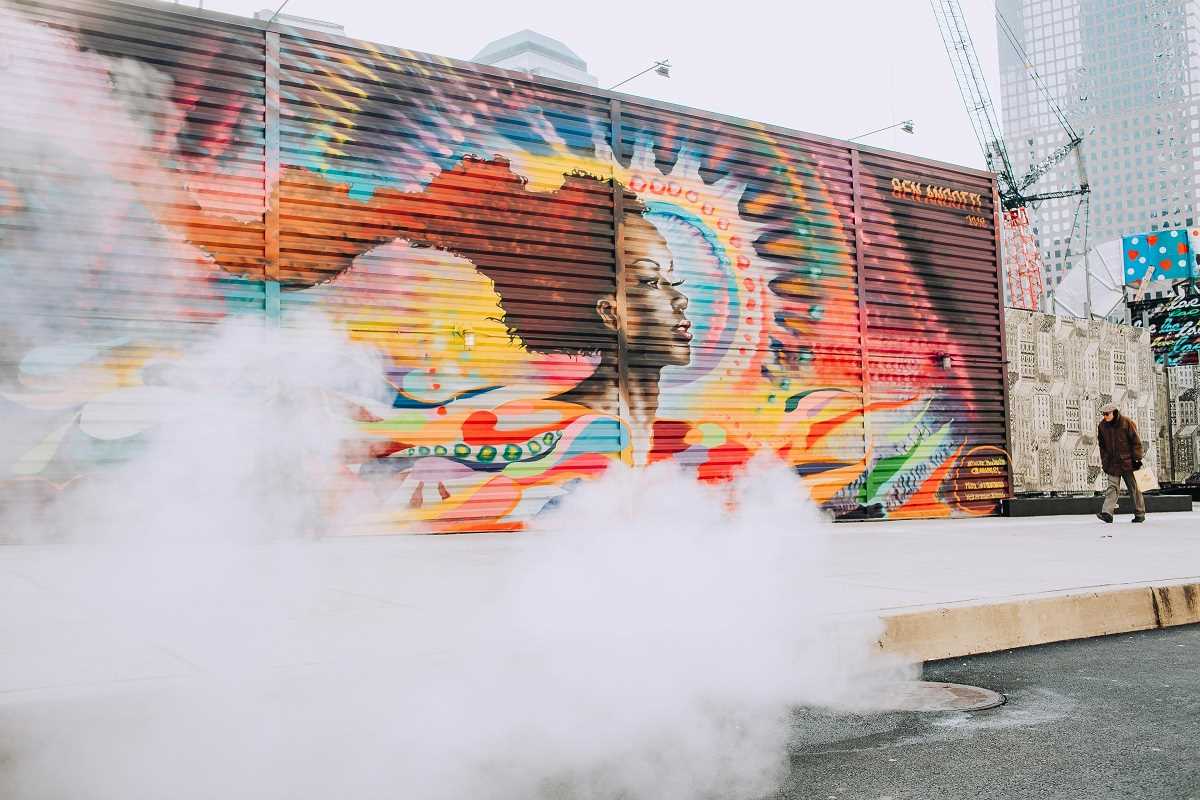Wandering along city streets reveals an ever-changing tapestry of sights, sounds, and unexpected moments. Each turn introduces details that often slip by unnoticed, from murals tucked away in narrow alleys to the gentle hum of daily life in local neighborhoods. Small discoveries—like a burst of color on a wall or a lively conversation at a corner café—invite you to connect with the spirit of the place. Curiosity leads your journey, and with every step, the city's character comes alive, telling its story through both familiar landmarks and hidden corners that only those on foot truly experience.
By tuning in to doorways, building materials, and ambient sounds, you sharpen your senses to subtle cues. The flow of traffic becomes a rhythm to follow, storefront displays reveal design trends, and neighborhood chatter guides you to unexpected delights. Embrace each turn as an invitation to experience urban life on a human scale, where the map only hints at stories waiting to be uncovered.
New Perspectives on City Streets
- Embracing shifting light and shadows invites fresh interpretations of familiar façades by observing how architectural details change throughout the day, guiding you to pause at corners you’d normally breeze past and sparking a renewed appreciation for everyday urban beauty.
- Noticing the cadence of local foot traffic reveals how residents actually use sidewalks and plazas, encouraging you to match your pace with the neighborhood’s natural rhythm and discover corner cafés or hidden benches favored by regulars.
- Listening to the layered soundscape—from street musicians to distant construction—unlocks an auditory map that weaves together contrasting districts, helping you plot routes that combine peaceful enclaves with lively marketplaces.
Uncovering Hidden City Stories
Every building tells stories that predate shiny glass towers: worn stone steps, etched plaques, and tile mosaics all point to local heritage. By slowing down and examining details, you connect with layers of urban history without walking the usual tourist paths.
Interacting with local shopkeepers, sidewalk vendors, and buskers brings contemporary stories into focus. Their anecdotes and recommendations guide you past standard itineraries, revealing hidden courtyards, independent ateliers, and community murals that enrich your sense of place.
Steps to Create Your Own Urban Walking Route
1. Define a Thematic Focus
Purpose: Keeps your route cohesive and increases engagement.
- List three themes that resonate (e.g., historic doorways, street art, culinary aromas).
- Research neighborhoods where that theme thrives.
- Sketch a loop connecting key spots.
- Estimate distance and breaks.
- Decide on start and end transit points.
Cost: Mostly free if you use online maps; budget $0–10 for transport.
Insider Tip: Mix busy streets with quieter lanes to maintain energy and allow for spontaneous detours.
2. Mark Micro-Destinations
Purpose: Prevents fatigue and ensures you linger at meaningful points.
- Use a mapping app that lets you drop pins.
- Add notes about each pin’s highlight.
- Calculate walking time between pins.
- Rearrange pins for logical flow.
- Save your map for offline use.
Availability: Free or premium map tools exist.
Insider Tip: Mark public restrooms and water refill stations to stay comfortable on longer routes.
3. Plan Timing
Purpose: Heightens sensory experiences and avoids peak congestion.
- Check local business hours online.
- Note sunrise and sunset times.
- Avoid busy rush hours.
- Schedule breaks at cafés during quiet periods.
- Include restroom stops.
Cost: Zero.
Insider Tip: Early mornings reveal fresher street art and fewer crowds around popular murals.
4. Select Supportive Gear
Purpose: Allows you to stay on your feet longer and adapt to sudden weather changes.
- Try shoes around your block before travel.
- Pack a foldable rain shell.
- Bring a small folding chair or mat.
- Carry a power bank for phone navigation.
- Use a water-resistant notebook.
Cost: $30–100 depending on gear quality.
Insider Tip: Include a small microfiber towel to wipe surfaces before jotting down notes outdoors.
5. Document Discoveries
Purpose: Preserves fleeting impressions that guide future walks.
- Create a dedicated folder or notebook.
- Tag photos with street names.
- Jot quick context notes.
- Record ambient sounds if desired.
- Review entries weekly.
Cost: Free with most smartphone apps.
Insider Tip: Use color-coded tags to sort finds by theme, such as art, architecture, or hidden gardens.
Engaging with Local Culture on Foot
You deepen connections when you talk with artisans crafting goods at sidewalk stalls and when you follow language or accents to language classes and cultural centers. To introduce yourself smoothly to neighborhood creative scenes, include stops at cooperative studios and pop-up events. Many participants welcome curious passersby, so strike up a conversation.
To spark further interest, look for festival posters and community boards that hint at upcoming block parties or poetry slams. When you follow the thread of these announcements, you turn your walk into a lively cultural exchange. Incorporate urban walking traditions into your plans and discover grassroots initiatives that surprise beyond landmark façades.
Keeping Up Your Energy Beyond the Map
Keep your energy high between walks by journaling, sharing photos, and connecting with fellow explorers online or in person. These habits spark new ideas and keep the spirit of discovery alive. With curiosity and community, every city walk becomes a fresh chapter in your ongoing adventure.
